One thing is certain when it comes to teaching reading. Young readers are going to make reading mistakes. So if we know it’s going to happen, we need a good plan for correcting reading mistakes.
I am convinced, after many years of working with beginning readers and struggling readers, that how we respond to their mistakes is pivotal.
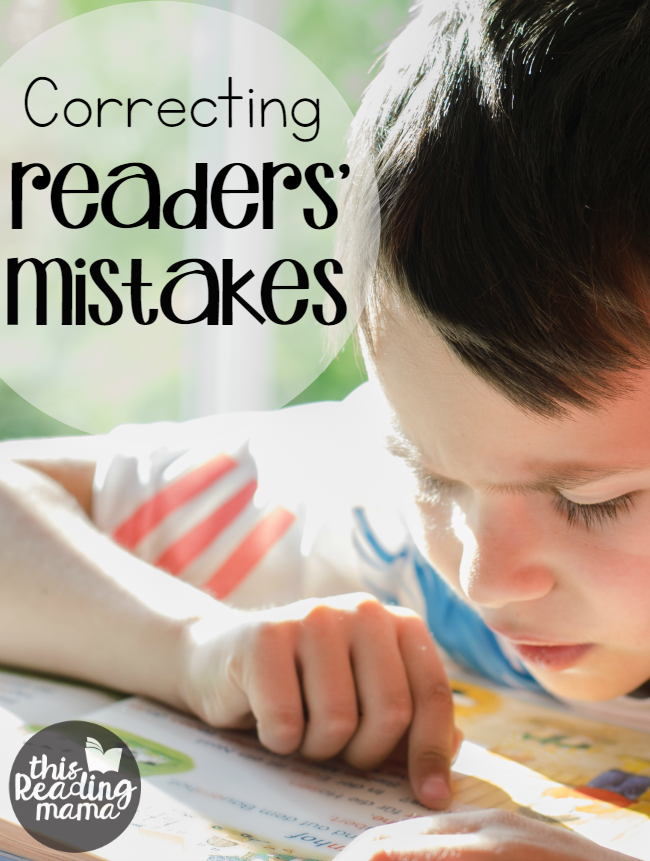
*This post contains affiliate links.
If you have beginning readers or even older struggling readers, asking them to read aloud to you can help you gauge how they are developing with decoding or fluency. {Of course, we want all readers to have times of quiet reading, too.}
But then it comes. The reader misreads a word. Now what do you do?
Today, I’m sharing a very simple trick I’ve learned about correcting reading mistakes.
Two Kinds of Reading Mistakes
Before we jump in too far, I want to clarify one thing. Not all reading mistakes are the same. Generally speaking, there are two kinds of reading mistakes.
1. Those that make sense. These are mistakes that do NOT affect the meaning of the sentence. Maybe the reader skips a word or substitutes another word for one that makes sense. {We’re not focusing on these today.}
2. Mistakes that DON’T make sense. These are mistakes that totally affect the meaning of the sentence, like if a child read monkey instead of money. And these are the mistakes that we want corrected because they can negatively impact reading comprehension.
Correcting Reading Mistakes: 1 Simple Tip
And here it is… JUST WAIT.
Put your hand over your mouth and resist the urge to immediately correct the mistake. Wait instead.
If the learner misreads a word, wait until he gets at least to the end of the sentence before you stop him. In many cases, readers need to finish the sentence {or next few sentences} for the context to help him realize something wasn’t quite right.
Our goal is for our readers to stop themselves when they realize something didn’t make sense and re-read to correct the mistake(s). Correcting readers right on the spot can hinder them from learning how to make sense of what they read for themselves. So instead of jumping right in the moment the word is misread, just wait. This is hard to do {believe me, I know!} but so, so important!
But, What If…
You know just as well as I do that sometimes readers blow right through mistakes and keep right on reading. {And I’m talking about the #2 kind of mistake.} What do you do then?
1. Once the reader is at the end of the sentence, stop and ask, “Did that make sense to you?”
Be prepared because he might say, “Yes!” In this case, I say the sentence to him exactly way he read it aloud, such as “The boy used his monkey to buy the bike.” And again, I ask if it made sense.
2. Together, find the word(s) that didn’t make sense.
Once the mistake(s) have been found, work together to figure out what the word is based on beginning word attack strategies or strategies for longer words.
3. Ask the reader to re-read the words correctly.
This step is important to restoring the learner’s comprehension.
{All of this should take about 1-2 minutes so your reader can get back into the flow of the text.}
When a child reads a word incorrectly and it doesn’t make sense, remember to wait instead of jumping in to rescue him. We want our readers to become critical thinkers as they read. Correcting reading mistakes for them often fosters readers who rely on our strategies, not their own.
You Might Also Like
Happy Reading!
~Becky

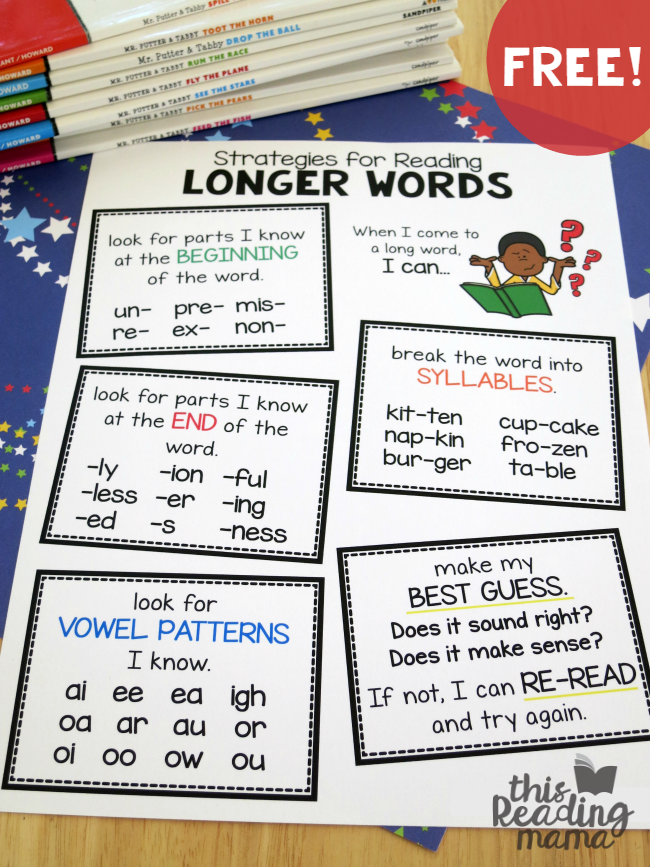
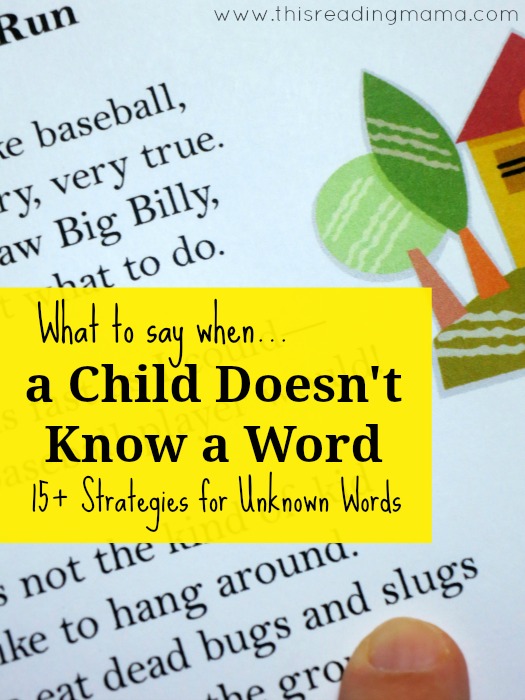
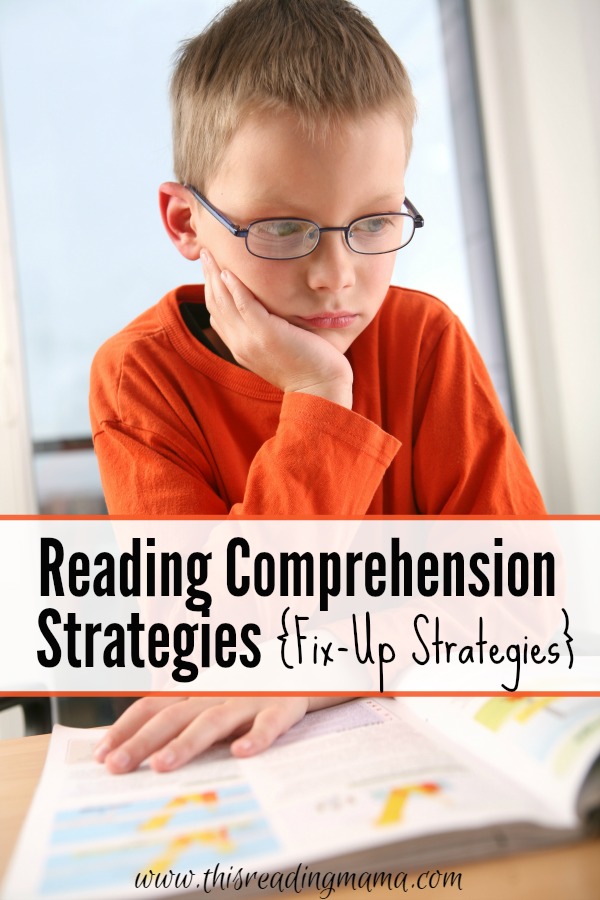
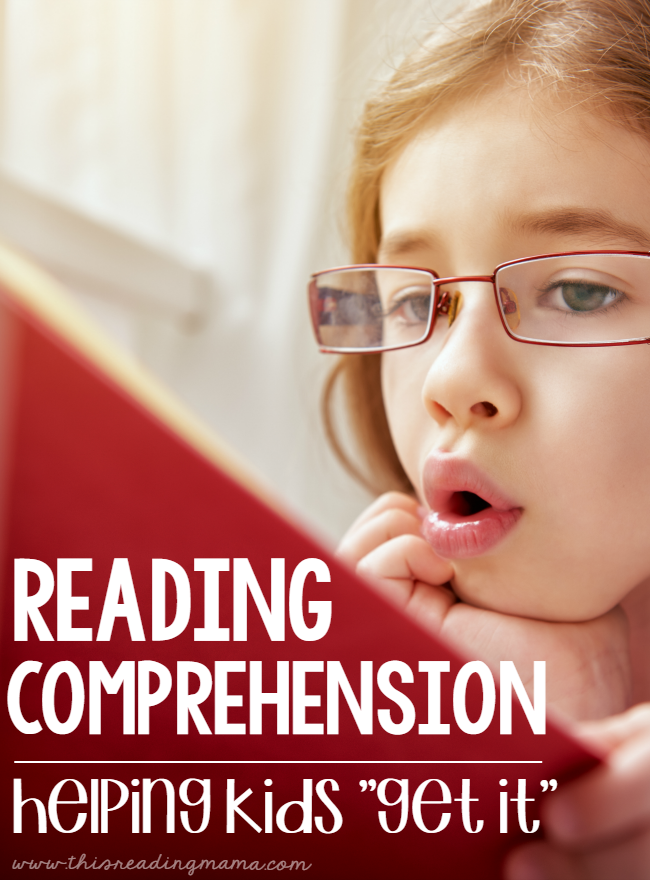
Great tips. My go to has always been, “did that make sense?” Usually the kids know it didn’t make sense and would just keep reading, but not with me!
Love it! It’s like when readers mumble read the mistake, hoping you didn’t hear it, and keep right on going. I don’t think so. 😉
This is great advice. Sometimes just waiting is so hard to do, it almost comes as second nature to correct instantly or to jump in and ask them to question the word instantly.
Thanks for the post 🙂
Love your tips. I usually ask students if that made sense and have them re-read the sentence. If they can’t get it the second time then I say ‘ Let’s read that together’ After a few times of doing this I find that many students ask me not to read with them because they want to ‘have a go’ by themselves again. for struggling readers I often whisper read with them the first time then let them try independently.
Great tip!!
What about when they just stop dead, the word is too complicated for a “sound it out” approach, and the child doesn’t have the vocabulary to figure out a word with similar letter sounds that fits the meaning?
If I know they don’t have the strategies to figure out the word, I typically wait about 3 seconds and then just tell them the word so they can keep going. But if this is happening often, it’s an indication that the book may be too difficult for the reader.
I have seen this strategy modeled. It works!! Kids love to go to their Reading Group because they get to read, use strategies and make mistakes. I heard a teacher give hints like “try our phonics rule we talked about today and do that sentence again.” Thanks Mrs. Adrian –from your students at MLC!!
I’m new in the position of Intervention Specialist, and am responsible for training our reading tutors. Your blog is invaluable to me! Thanks so much.
What if they skip only words like “the” or “a” or sometimes leave off or reverse the order of “said Dorothy” when it is obvious who is speaking. Is this generally a problem?
If it becomes a pattern, I address it. If it’s not something they do all the time, I typically let it go.
What is your suggestion for mistakes that do NOT affect the meaning of the sentence?
I typically skip them for the moment, but I make note of them. If I see a pattern developing, I revisit those words after the reading is finished. If I find that the reader consistently makes mistakes that do not affect the meaning, I WILL stop them and remind them that they need to be looking at the words, not just guessing based on what they think it says. I hope that helps!